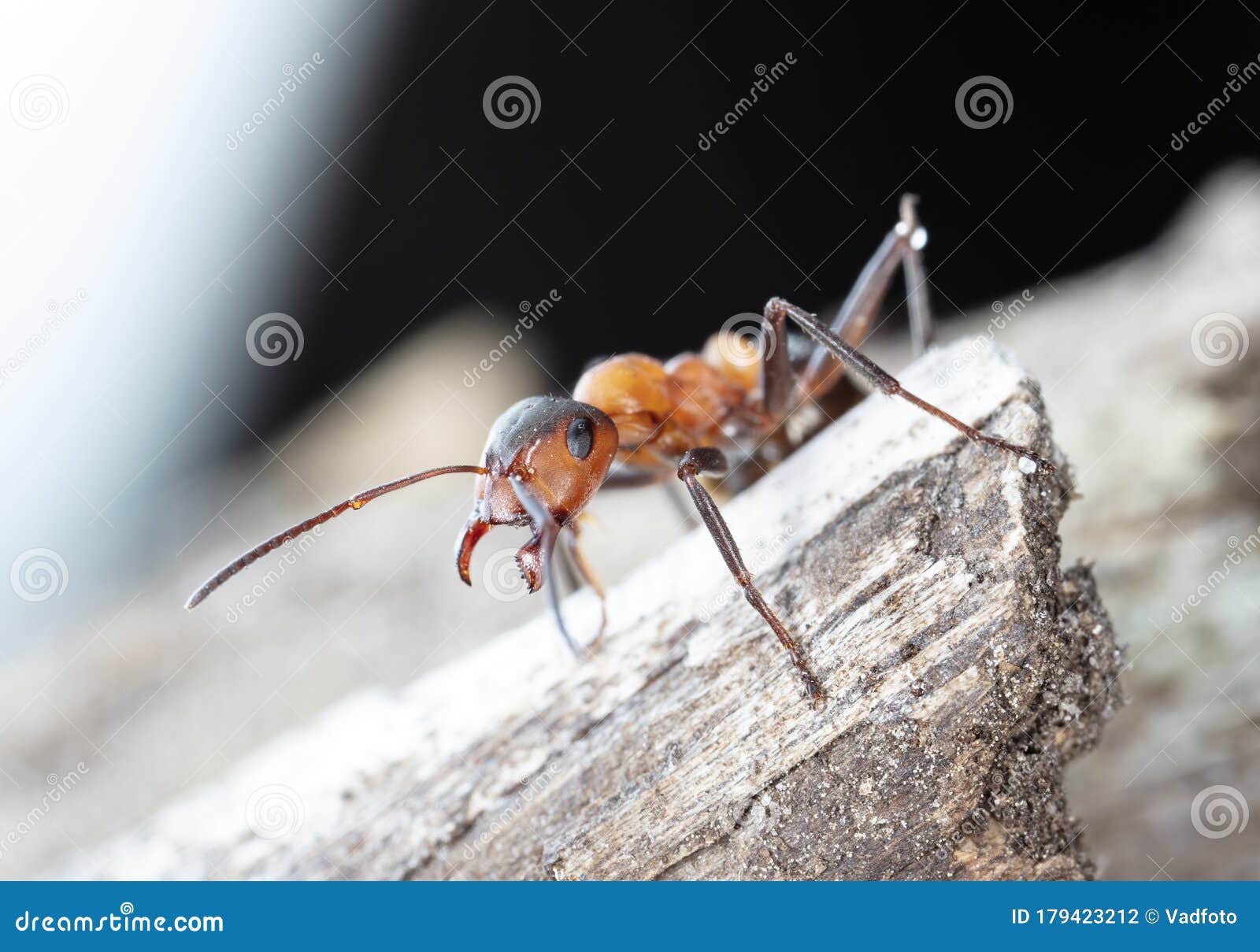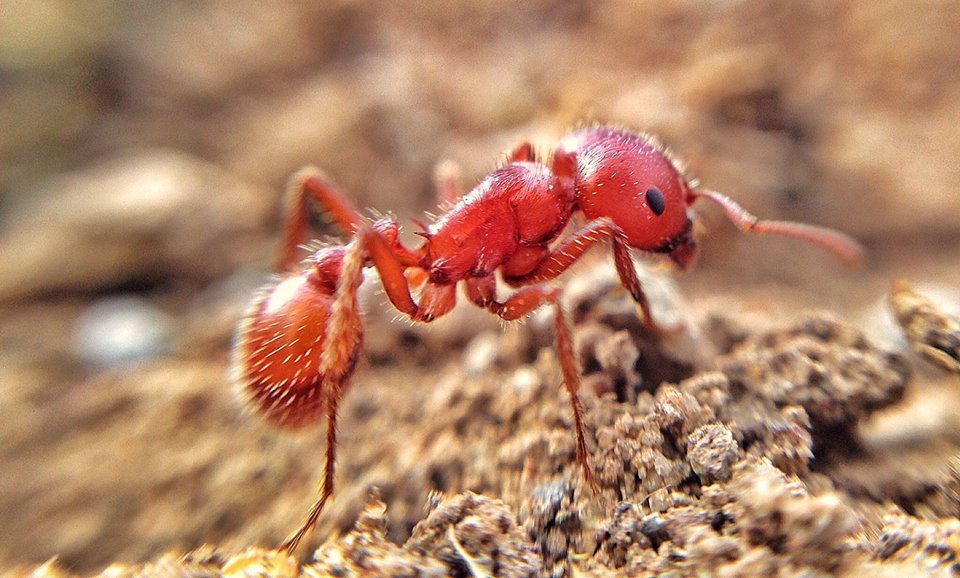

Fire ant nests feature a distinctive mound that pushes upwards and causes the surface of the ground to bulge visibly. The dreaded ant species lives in underground nests, which the insects defend aggressively. Like other stinging insects, fire ants bite and sting when disturbed or threatened. How can I prevent fire ants invadingĬlean up food debris and crumbs immediately, Remove any standing water around the property, Move wood piles away from structures, Trim back any overhanging trees and shrubs Why do they bite
Big red ants professional#
To truly protect yourself and your family from fire ants, you need to use professional pest control services.

They can also ruin crops, feeding on germinating seeds, and eating young corn, sorghum, and soybeans.įire ants are not easily removed, since they can form colonies with dozens of queens and up to 250,000 workers. The sting carries venomous alkaloids, which commonly causes pain, irritation, and pustules which may become infected if scratched.įor sensitive individuals, fire ant stings may cause a severe allergic reaction, leading to severe chest pain, nausea, severe sweating, loss of breath, serious swelling, slurred speech, and if not treated, death.Īs well as the danger they pose to humans, their mounds can be unsightly, with some going as far as 1.5 metres deep, and 40 centimetres above ground. How worried should I be about fire antsįire ants are not afraid to challenge humans and have an extremely painful sting, akin to being burned by fire. The ants can even inflict fatal wounds on calves and deer fawns.Ĭarcasses of large animals also provide ample food for fire ants, which also attack and feed upon animals that are left immobile due to illness or wounds.īecause of their flexible diets, fire ants can easily infest new territories – and will even invade carpenter ant and termite nests, feed on the insects inside, and take up residence there. However, they are also aggressive and will attack and eat small, ground-dwelling vertebrates, and newly hatched lizards, snakes, turtles, quails, chickens, and song birds. This includes dead insects, fly larvae, grasshoppers, other ant species, caterpillars, and moths. They can colonize in nearly any variety of soil and can also nest in rotting stumps and logs or around the base of trees.Īttracted to the debris and litter left by humans, fire ants sometimes enter homes to find food and water, and may also nest around the base of a building.įire ants are foragers and will eat just about anything that serves as a protein source. Why do I have fire antsįire ants live in mounds of mud and leaf litter, and often make nests in areas that are moist with abundant sunlight, especially lawns, parks, fields, and meadows.

The most common reactions will be pain, irritation, and pustules which may become infected if scratched. For particularly sensitive individuals, a severe allergic reaction can lead to severe chest pain, nausea, severe sweating, loss of breath, serious swelling, slurred speech, fatality if not treated. The sting carries venomous alkaloids, which may cause an allergic reaction for some humans. They will also sting any intruding animal.Īlthough these ants will bite, they use their jaws in order to latch onto their targets and then sting their victims. However, they are also known to be very active and aggressive and will kill other insects and small animals to feed the colony. Behaviourįire ants will forage for food, attracted to the sweet secretions of plants and to debris and litter left by humans. Though typically found in warmer climates, European fire ants have become more prevalent in Canada in the recent past. Due to the convenience of an indoor food source, fire ants may nest around the base of a home or commercial building. As with other species of ants, fire ants are opportunistic foragers and often wander inside residences to find sustenance and water. Colonies are sometimes found in rotting stumps and logs or around the base of trees. Fire ants build nests by making mounds in moist, irrigated soil. While the fire ant enjoys sunny areas, overly dry climates prove unfavorable habitats for the pest. However, they have the ability to colonize in nearly any variety of soil. Fire ants tend to make nests in areas that are moist with abundant sunlight, especially lawns, parks, fields, and meadows. In open spaces, or the absence of natural shelter, they will dig into the ground to create colonies as much as 1.5 meters deep with a mound up to 40 centimetres tall.

They live in mounds of mud and leaf litter, building underground tunnels to move around the colony. Originally from South America, fire ants have migrated to countries as far away for Australia.


 0 kommentar(er)
0 kommentar(er)
